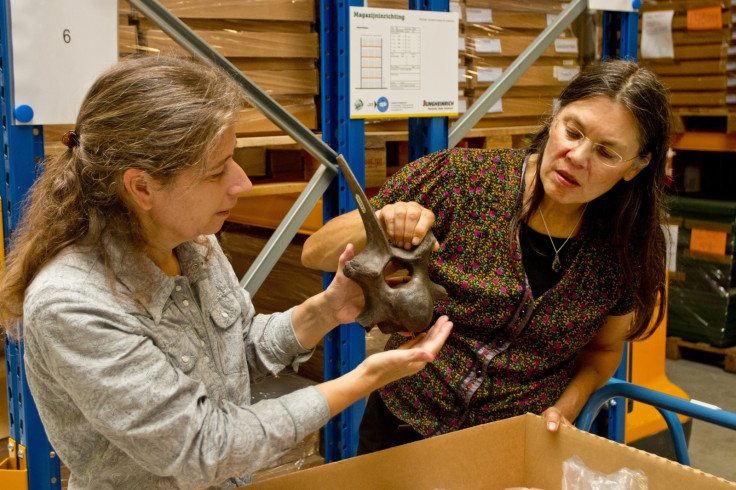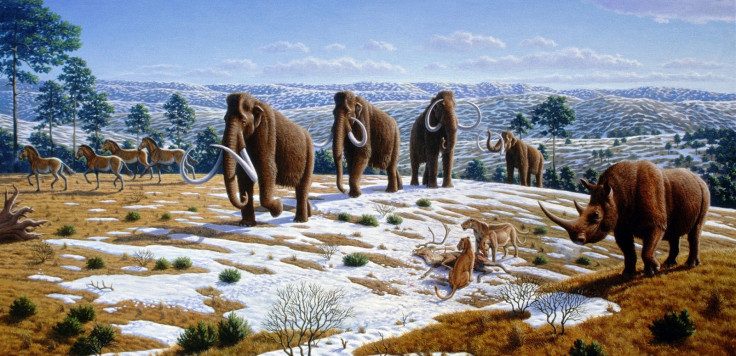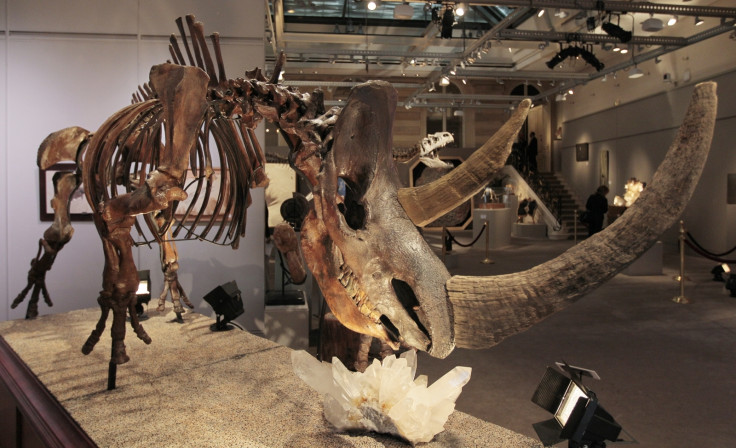Ancient bones provide scientists with clues to why woolly rhinos went extinct
Researchers have stumbled across a new piece of evidence which shines a light on the mystery.

Researchers examining the remains of woolly rhinos – an extinct ancestor of the modern animal – have found clues which could explain the decline and eventual demise of the species.
A team from the Naturalis Biodiversity Center in Leiden, Netherlands, were comparing the bones of various ancient and modern rhino remains when they noticed that many of the woolly rhino neck vertebrae had ribs connected to them, whereas the modern ones did not.
In modern mammals, the presence of a so-called 'cervical rib' – a rib attached to a neck vertebra – is unusual, and while it doesn't cause any harm to the animal, it is often associated with inbreeding and poor environmental conditions during pregnancy.
This led the researchers to suggest that the considerable developmental abnormalities linked to this condition contributed to the extinction of the species in the Late Pleistocene era (about 126,000 to 5,000 years ago).
The team built on the work of a previous study which had found a remarkably high percentage of these neck ribs in the skeletons of the extinct woolly mammoth.
"This aroused our curiosity to also check the woolly rhino, a species that, like the woolly mammoth lived during the late Pleistocene and similarly died out", said Alexandra van der Geer, an author of the study.
"The woolly rhino bones were all dredged from the North Sea and river deltas in the Netherlands. We knew these were just about the last rhinos living there, so we suspected something could be wrong here as well. Our work now shows that there was indeed a problem in the woolly rhino population".

The study, published in the open access journal PeerJ, may also have implications for the study of modern rhinos.
"Our study suggests that monitoring the health of the vertebrae in rhinos has the potential to timely detect developmental errors that indicate the level of extinction risk", said Frietson Galis, another author of the study.
While the researchers found no cervical ribs in the samples of modern rhinos, this is no indication that the population today is healthy as many current specimens were collected at least fifty years ago.
In fact, rhinoceros numbers are rapidly declining, a trend that has only exaggerated over the last twenty years, resulting in some species becoming critically endangered and the total extinction of the western black rhinoceros.

© Copyright IBTimes 2025. All rights reserved.





















